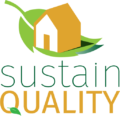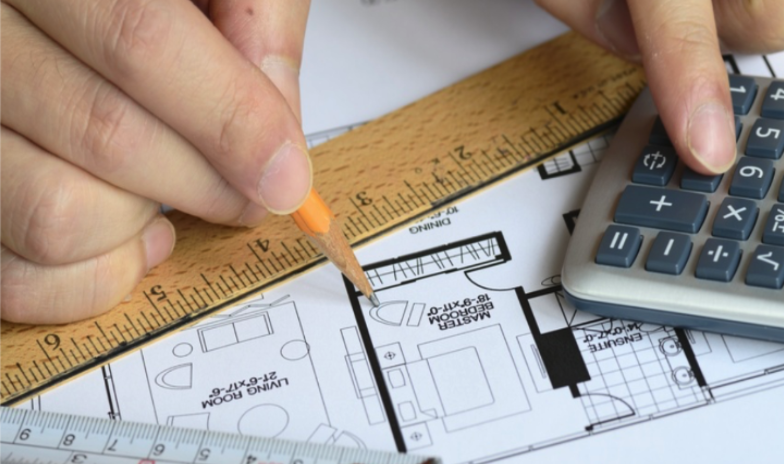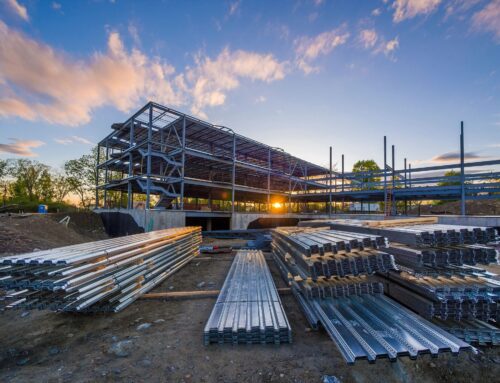The UK government has published plans to update building regulations in the Future Home Standard Consultation.
There is a consultation on the actual size of uplifting part L (conservation of power and energy) with a requirement that emissions of carbon dioxide from modern homes be reduced by 78 percent starting from 2025.
The proposed step in achieving the emission is the introduction of energy efficiency measures, well-designed ventilation systems, and low-carbon heating systems.
The announcement also entails an intention in ensuring that all modern homes are installed with either wastewater heat or solar panels to enable residents to pay less on their energy bills.
However, modern traditional arrangements will also be used to prevent developers from structuring fault emissions and avoiding new higher standards.
In general, the consultation is on uplifting standards of Part L (conservation of power and fuel) of the Building Regulations and main changes to Part F (ventilation).
Building Standards
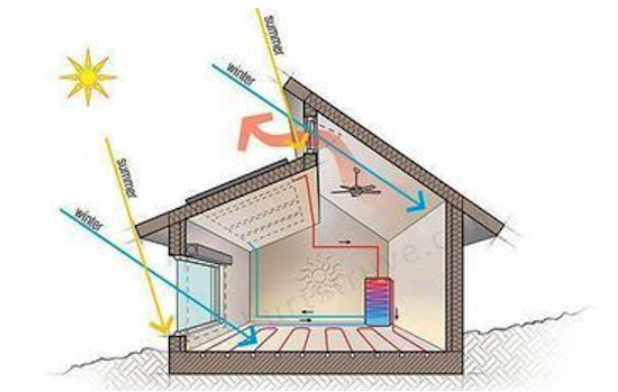
The proposal will improve housing standards and design by delivering emission reductions using efficient energy conservation procedures in modern homes through a well-designed ventilation system in the Future Home Standard. As such, this paper discusses the main changes proposed by the government to the Future Home Standard.
The proposed changes for Part L illustrate the concept of conservation of power and fuel. There will be the installation of air-through-air and air-through-water heat pumps.
The heat pump will deliver low carbon heat for modern homes. There will also be heat networks that take heat from a centralized source to different buildings.
The Future Home Standards also proposed to have direct electric heating for low carbon heat. Reasonable provision will cover for the conservation of power and fuel in buildings.
This will be achieved by reducing heat losses and gain by using thermal elements from vessels, channels, and tubes used for space boiling water services and cooling systems.
The other proposed change is the provision of fixed building services that have effective controls, are energy efficient, and commissioned by testing and changing as necessary to ensure they use minimum power and fuel.
Further, according to the U.K government, the proposed changes also cover the design standards which describe energy performance for each building. The buildings will have a regulated amount of energy used for cooling, boiling, warm water, ventilation services, and lighting.
For instance, the required least energy performance for modern buildings will be target emission rates for carbon dioxide, while new dwellings will be in the rates of target fabric efficiency.
There will also be consideration of the alternative form of high-efficiency systems for new buildings such as heat pumps, cogeneration, and decentralized systems of energy supply based on renewable sources of energy, including block cooling or heating.
Similarly, there shall be limits on design elasticity standards for fabric, system effectiveness, and the consequences of heat gains during holidays. Reasonable provision shall also be made to reduce heat gains and losses from circulation tubes.

Buildings Performance
Performance for buildings will be consistence with D.E.R (Dwelling on CO2Emissions Rate), and D.F.E.E (Dwellings Fabrics Energy Efficiency) rate.
Calculation of the DFEE and DER is needed to note any adjustment in performance between construction and design and to show that the construction meets the T.F.E.E (Targets Fabric Energy Efficiency) and T.E.R (Targets Fabric Energy Efficiency) rate.
On the other hand, for the construction of party walls and other thermal bypasses, there will be an insulation layer that regulates the flow of air to maintain heat loss. As such, the owners of the building will have enough information concerning energy-efficiency operation.
There will be information about the correct use of power and fuel, how to control, operate, and maintain space heating, and hot water, including ventilation systems.
Some constructors may prefer adopting model design packages instead of engaging in design for themselves. Thus, the model packages will be in the form of U-values, window opening allowances, and seasonal boiler efficiencies.

The U.K government proposed change for the type of ventilation in Part F includes passive stack, mechanical, purge (rapid), and background systems.
It will be coupled with natural ventilation for regulating less-airtight, continuous mechanical ventilation extract for highly airtightness, and continuous mechanical extract and supply for any level of airtightness.
When considering the technical risk in the construction of ventilation, attentions are paid in specific to comply with the conservation of power and fuel for part L.
As a result, the performance change of the proposed ventilation system should limit the accumulation of moisture which could result to mold growth and pollutants from the building.
The ventilation must also heat fresh air from outside and move air into the buildings, which promotes energy efficiency and controlling thermal comfort.
The other proposed change to the Future Home Standards is designing mechanical ventilation that minimizes the uncontrollable air infiltration by controlling airtightness through purpose-provided ventilation.
For instance, a reasonably high amount of airtightness denotes a level that is significantly tighter than the minimum required value recommended under Part L. The proposed changes to the requirements of airtightness are to reflect on the uncertainty of air test permeability results by reducing the negative consequences of poor indoor air quality.
The design is expected to achieve around 2 to 4 m3/ (h.m2) of air permeability on a pressure difference area of 50 Pascal. The calculation will have high fabric standards on the Future Homes Standard, which implies that each home will have triple glazing, roofs, floors, and walls that significantly reduce any heat loss.
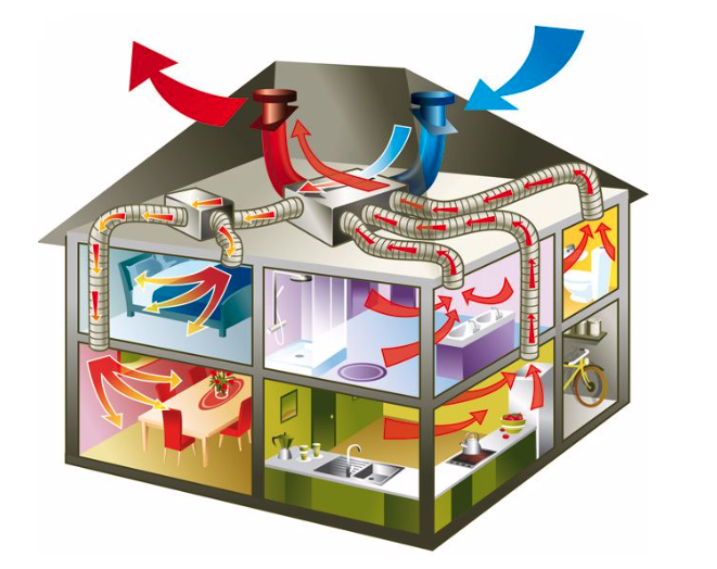
The Ventilation Approach
Additionally, there will be enough means of information concerning ventilation, testing of mechanical ventilation airflow rate, and commissioning the modern structure.
When designing the ventilation, other major changes proposed are improving the effectiveness of ventilation, source control, and reducing noise.
For instance, noise generated by ventilation fans may disturb residents. On the other hand, commissioning the modern structure to provide adequate ventilation is to ensure that there is reasonable usage of fuel and power.
The extract ventilation rates for the proposed system include kitchen with a minimum rate of 30l /s, for bathroom 15l /s, and sanitary housing 6l /s. Likewise, the proposed changes to Part L include changing the whole building to use minimum energy performance.
For example, there will be an introduction of primary energy as the main performance metric while continuing to use carbon dioxide as a secondary metric. There will also be the removal of fabric energy metric efficiency and incorporating the current evidence on primary energy.
The proposed changes will also simply the content and structure of guidance relating to Part L.
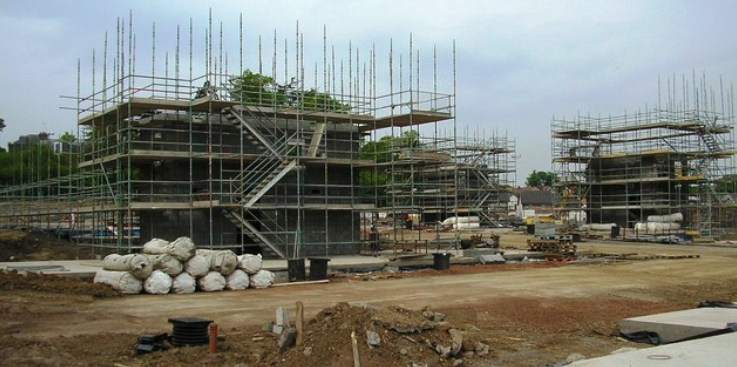
Conclusion
In conclusion, the proposed changes in the Future Homes Standard will need a modern building to be future-proofed with less carbon heating and international-leading levels of energy efficiency.
The proposal will be introduced by 2025. Similarly, the proposed changes for Part L illustrate the concept of conservation of power and fuel. On the other hand, the proposed change for the type of ventilation in Part F is designing mechanical ventilation that minimizes the uncontrollable infiltration by controlling airtightness through purpose-provided ventilation.
It may all sound familiar and not innovative though it may be what we expect from legislation. Anyways, it is good to see the government pushing boundaries.
The main reflection is weather we (industry and government) are doing enough to reduce our buildings impact on the Environment, the Society and to increase Governance.
You can access the Future Homes Standard Consultation here.
For more information about our Energy Assessments click here.
Please email us on info@sustainquality.co.uk or call on 01372 438039.
About Us
We are a friendly team of Engineers delivering Sustainability and Building Compliance Solutions for developments in the Commercial and Residential sectors, which include Energy Statements, Noise Impact and Vibration Assessments, BREEAM Assessments, and Air Quality Assessments in the Environmental, Social and Governance sectors.
Contact us at:
Sustain Quality Ltd
PO Box 393
COBHAM
KT11 3EL
info@sustainquality.co.uk
01372 438039
